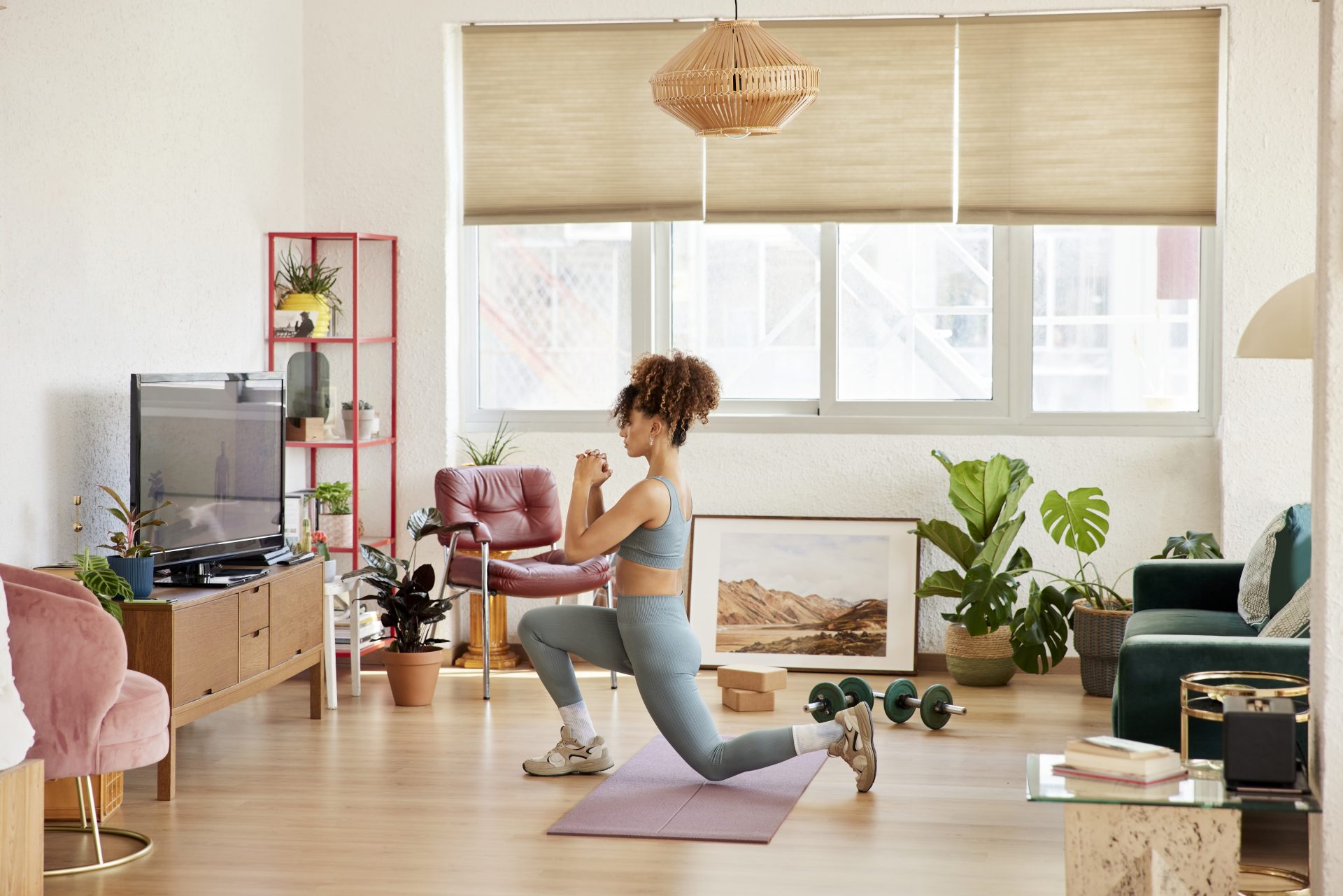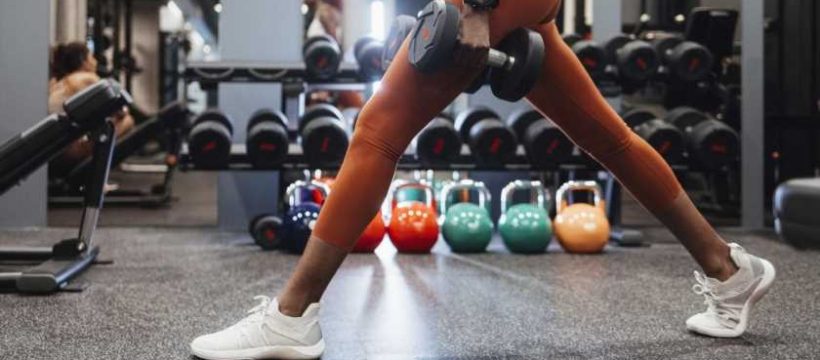Lunges are a great lower body exercise, but are they really as good as squats?
Squats are arguably the OG of leg exercises. They’re probably the most commonly performed movements in the gym, and we bet you’d struggle to find a strength training programme that doesn’t have a type of squat in it.
However, on Strong Women, we’ve previously spoken about the fact that squats don’t come naturally to everyone – and not all of us are designed to squat with big barbells thanks to differences in ankle, knee and hip mobility.
If you’re looking for another lower body exercise to sub in for squats, lunges could be the best bet. They don’t get quite the same hype as the squat, but they are a classic compound move. So, are they as effective at working those vital lower body muscles?
You may also like
Should everyone squat? The benefits and drawbacks to squatting
The difference between squats and lunges
Withso many different ways to perform each of the movements (with kettlebells or barbells, walking lunges or reverse lunges, sumo squat or pause squat), comparing the two can get a little confusing. But if we take a basic squat and a basic lunge, with or without any type of resistance, “they are very similar movements,” says Elouise Millard, head coach at F45 Stratford.
Both involve bending your knees to lower your hips down to the ground. In the squat, you’ll have your feet both planted on the ground mirroring each other, but lunges are performed while moving one foot in front of or behind the other, into a ‘split’ position. That changes the outcome of the movement.

Lunges are more functional
“Lunges are great for building unilateral strength and core stability and improving your balance,” says Millard. These are all functional skills that serve a purpose in every day life beyond the gym.
Unilateral work helps us to be stable and strong on either side of our body. That’s especially important given that we don’t often pick things up off the floor with perfectly aligned feet.
The staggered stance of lunges mimics the movement of walking and running, building strength in the pattern we need every day. “Reverse lunges are particularly good for this,” trainer Emma Obayuvana has previously told Strong Women. “The movement… mimics the direct body mechanics and muscles as running as you drive that reverse leg back up to standing.”
You may also like
Strength training: why reverse lunges are one of the best variations, and how to do them properly
Lunges are more advanced
“Lunges are more challenging on the body than the squat due to the increased amount of balance and coordination needed to perform the move,” says Millard. “For that reason, beginners might want to start with squats before progressing to the lunge.”
A 2020 paper published in the Journal of Sport Rehabilitation showed that total muscle activation was higher in a lunge than in a squat – suggesting that the lunge makes more of your muscles work harder. But because of the weight distribution, it’s usually easier and safer to lift heavier when squatting, rather than lunging.
Lunges vs squats
Don’t go thinking that the only way to build serious strength is through squatting. In a 2015 study, researchers found that there wasn’t any noteworthy difference between the squat and lunge on their measures of lower body power. “One of the most peculiar findings in the study was that the lunge group actually improved more than the squat group on their 1RM squat (22.6% and 7.2%, respectively) and the squat group improved more than the lunge group on their 1RM lunge (22.1% and 13.6%, respectively),” the researchers wrote.
For that reason, “both squats and lunges can have a place in your training programme,” says Millard. While opting for the move you prefer or that best suits your goals is important, squats and lunges clearly complement each other and together can work on building well-rounded strength and power. Rather than it being a question of either-or, why not find a place for both?
For more advice on strength training technique, sign up to the Strong Women Training Club.
Images: Getty
Source: Read Full Article
